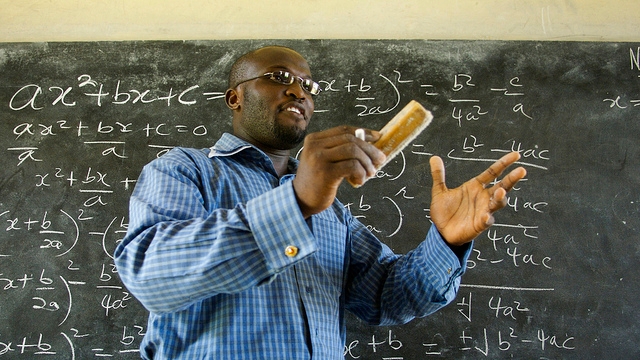Targeted instruction, where teachers group children according to learning levels rather than age, has shown to have positive effects on learning. This approach has the potential to improve math skills and literacy for millions of children who are in school and not learning. The evaluation of the education program in Ghana will help education specialists understand the potentials of targeted instruction and the best ways to achieve success.
| Research area: | Education |
| Country: | Ghana |
| Evaluation Sample: | 480 schools in three regions |
| Timeline: | Ongoing |
| Intervention: | Targeted instruction; supervision, monitoring, training |
| Researchers: | Anne Fitzpatrick, University of Massachusetts Boston; Adrienne Lucas, University of Delaware; Sabrin Beg, University of Delaware; Renaud Comba, Innovations for Poverty Action; Bridget Konadu Gyamfi; Innovations for Poverty Action; Joyce Jumpah, Innovations for Poverty Action; Deborah Newitter Mikesell, World Bank |
Context
Ghana has made major strides in education in recent years, with nearly all children of primary school age in school and completing the six years. However, learning outcomes aren’t good. Less than one-third of primary school children have tested proficient in English or mathematics in recent years, and one-fifth of third graders were unable to read a single word in English in a 2009 assessment. As part of a campaign to improve the quality of education, the government is seeking to increase the amount of time primary school teachers spend using targeted instruction - teaching students at their level of knowledge, not their grade level. The evaluation will examine the impact of increased training and supervision for targeted instruction on teacher performance and student success.
